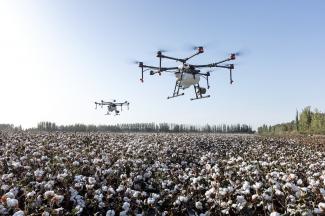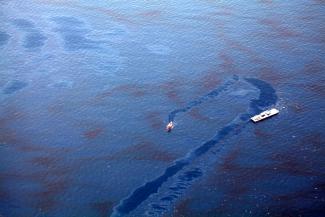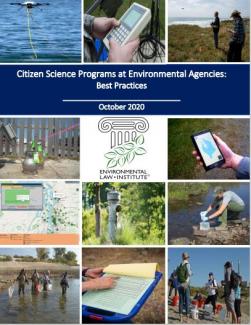Leveraging Federal Relief Funds to Create Healthier Schools

As summer approaches, school systems throughout the United States are planning for in-person and hybrid learning next fall. Since the beginning of the pandemic, Congress has appropriated $190 billion to assist those efforts; the recent American Rescue Plan Act alone provides around $122 billion for PK-12 public education.








